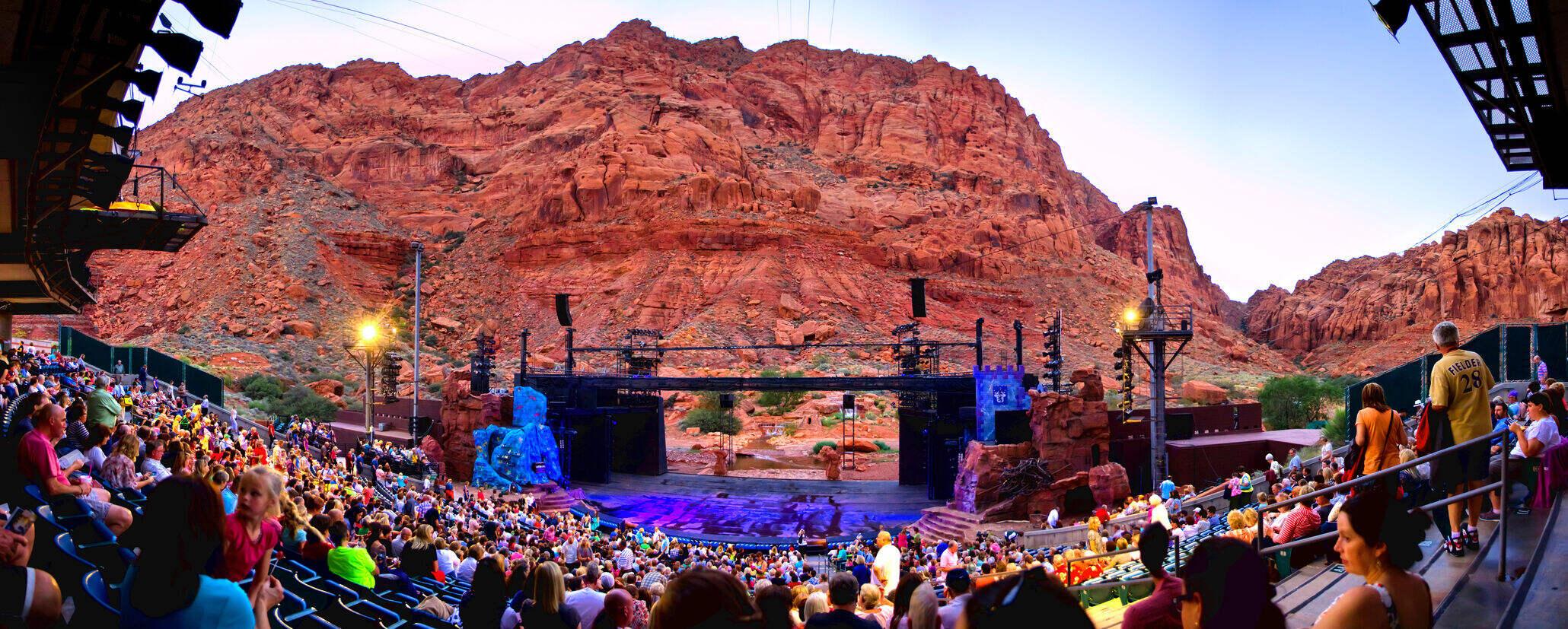Tips and Tricks for Astrophotography in Southern Utah
Capturing the night sky isn’t just about pointing your camera upward—it’s about
telling the story of the universe against some of the most dramatic landscapes on
Earth. Southern Utah, with its red cliffs, lava flows, and protected dark sky areas
near Zion, Snow Canyon, and St. George, offers a canvas few places in the
world can match. Whether you’re a beginner with a smartphone or a seasoned
photographer, these tips and tricks will help you create breathtaking
astrophotography this fall.
Gear Basics
- Camera: A DSLR or mirrorless camera gives you the most control, but
many smartphones now have excellent night-sky modes.
Lens: Use a wide-angle lens (14–24mm) with a large aperture (f/2.8 or
faster) to capture both stars and landscape.
- Tripod: Essential for long exposures—keep your camera steady to avoid
star trails. Remote Shutter or Timer: Reduces camera shake when taking long
exposures.Camera Settings
- Mode: Manual (M). Auto won’t cut it for stars.
- Aperture: As wide as possible (f/2.8 or lower).
- Shutter Speed: 10–25 seconds depending on your lens. (Use the 500
Rule: 500 ÷ focal length = max seconds before stars streak.)
- ISO: Start around 3200; adjust up or down based on your camera’s noise
performance. Focus: Switch to manual focus, set to infinity, then fine-tune by zooming
in on a bright star.Composition Tricks
- Foreground Matters: Incorporate red rock cliffs, arches, or lava flows to
add drama and scale.
- Rule of Thirds: Position the Milky Way or planets off-center for balance.
Silhouettes: Include a tree, person, or tent lit from behind for storytelling. Reflections: Seek water pools in Snow Canyon or Virgin River areas of
Zion for double-sky reflections.Timing Your Shot
- Milky Way Season: Through late October, the galactic core is still visible
after sunset. After that, it won’t return until spring.
- Moon Phase: Shoot around the new moon for maximum star visibility. A
crescent moon can help illuminate foregrounds without washing out the
stars. Golden Hour for Setup: Arrive before sunset to scout locations safely
and set up your gear.Light and Color
- Avoid White Light: Use a red headlamp to preserve night vision and
avoid ruining others’ shots.
- Light Painting: A quick burst from a flashlight can illuminate foreground
features—use sparingly.
White Balance: Set to daylight or around 4000K for natural star colors.
Advanced Tricks
- Star Trails: Stack multiple 20–30 second exposures to create circular
patterns around Polaris (the North Star).
- Time-Lapse: Capture the movement of the Milky Way across the horizon
for a dynamic effect. Stacking Software: Programs like Sequator or Starry Landscape Stacker
reduce noise by blending multiple frames.Best Locations Near St. George
- Snow Canyon State Park: Iconic lava fields and cliffs frame dramatic star
shots.
- Zion National Park: Towering canyon walls provide epic backdrops for
the Milky Way.
- Bryce Canyon: Famous for astrophotography workshops and wide open
amphitheaters.
- Ivins / Black Desert Resort: Capture wide, dark horizons just steps from
your stay.
Final Thought
Astrophotography is as much about patience and preparation as it is about
technology. In Southern Utah, every photo is a chance to blend ancient
landscapes with timeless skies. This fall, grab your camera, plan your shot, and
bring home more than memories—bring home the universe.


